New York PSC approves standardized EV charger interconnection process
The New York Public Service Commission’s new order will unify utility practices, improve transparency, and test flexible connection strategies to accelerate EV infrastructure deployment statewide
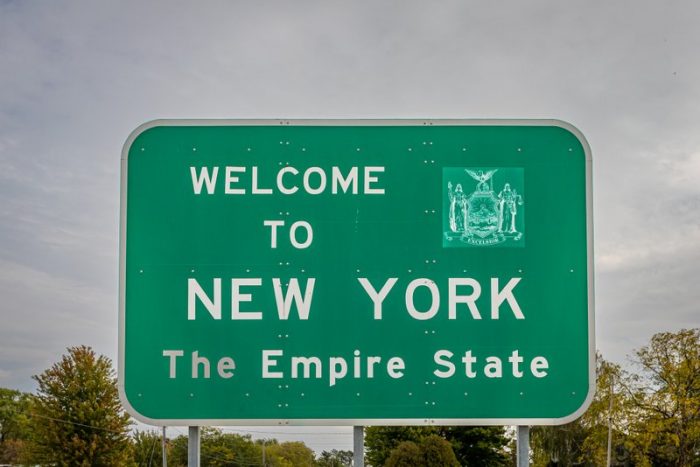
The process of getting electric vehicle (EV) chargers connected to the grid in New York is about to get faster and more predictable. Last month, the New York Public Service Commission (PSC) approved a set of standardized utility practices designed to streamline how EV charging projects are reviewed and connected — a move intended to keep pace with the state’s aggressive zero-emission vehicle goals.
The order, which builds on months of collaboration among utilities, state regulators, and clean energy advocates, aims to cut red tape for EV charger developers while ensuring utilities can manage a growing wave of interconnection requests.
“There will need to be significant investment in EV infrastructure to support all of the EVs that will be needed for New York to meet its zero emission vehicle targets,” said Vaughan Woodruff, Vice President of Regulatory Program at the Interstate Renewable Energy Council (IREC). “This order is significant because it addresses the need for standardized utility processes to approve and connect EV charging projects to manage the significant increase in volume that will be required to power the state’s transportation sector.”
Standardizing the utility playbook
Until now, the state’s investor-owned utilities have handled EV charger applications with inconsistent timelines and procedures. The EV Application Queue Management Utility Manual, newly approved by the PSC, will now serve as a statewide rulebook.
The manual outlines uniform procedures for how utilities process, review, and communicate with EV charging applicants — steps that, when applied consistently, should make it easier for developers to plan projects and forecast completion dates.
In addition, utilities will be required to produce a customer-facing guide explaining each stage of the application process, including a dispute resolution pathway. This will give developers, site hosts, and EV infrastructure providers greater transparency into project timelines and accountability across territories.
A flexible new approach to grid connection
The Commission’s order also endorses an emerging concept known as flexible connection — an operating agreement that allows new EV charging projects to go online sooner by managing their power draw during periods of grid constraint.
Flexible connections can serve as a temporary bridge, allowing chargers to operate at partial capacity until planned grid upgrades are complete, or as a permanent strategy that enables projects to dynamically respond to grid conditions. The PSC directed utilities to further define how these flexible connections will function and to detail options for customers in future stakeholder discussions.
Collaboration and next steps
The Commission’s ruling stems from recommendations made by the EV Infrastructure Interconnection Working Group (EVIIWG), a stakeholder coalition led by the New York Department of Public Service (DPS) with participation from IREC and other clean transportation advocates.
While the new procedures represent a major step forward, the PSC acknowledged that additional work remains. The order directs DPS to continue working with stakeholders to refine timeline tracking, performance reporting, and customer resources for future Commission review.
“IREC appreciates the actions taken by DPS Staff and the Commission to support transportation electrification in New York and looks forward to continuing to work with stakeholders to ensure that the state has cost-effective and efficient policies in place to handle increasing EV charger deployment,” Woodruff added.

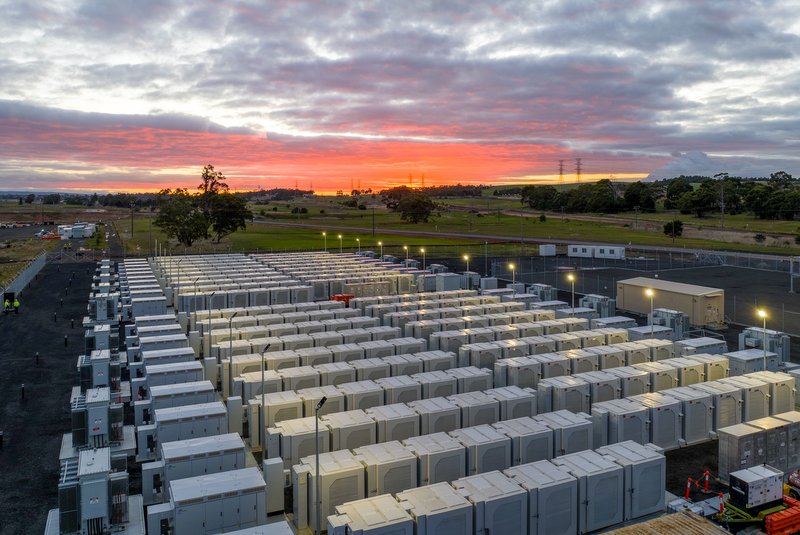
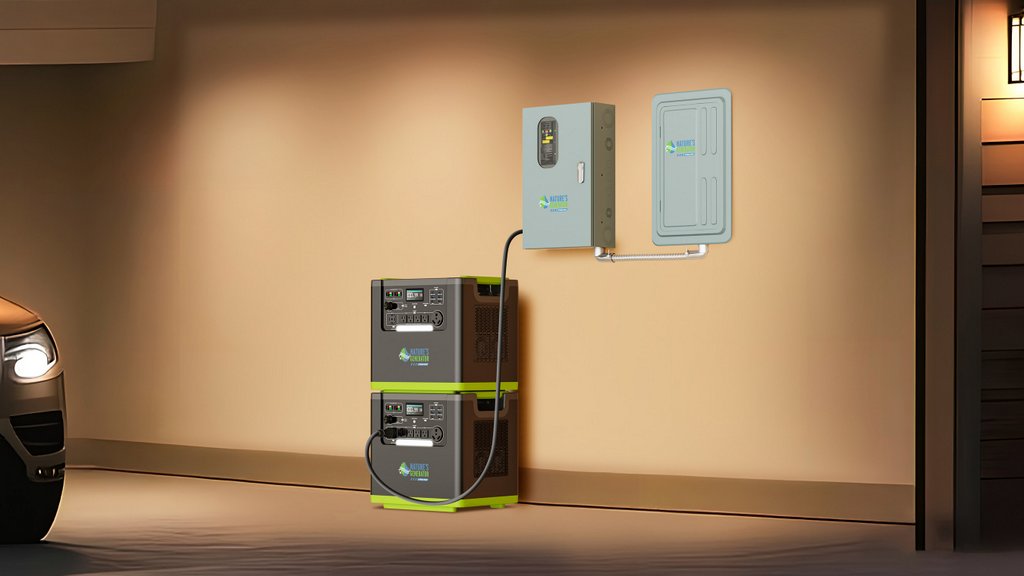
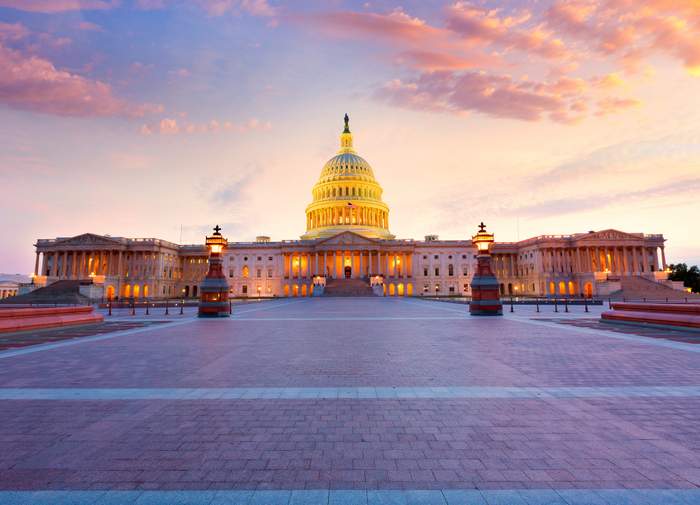
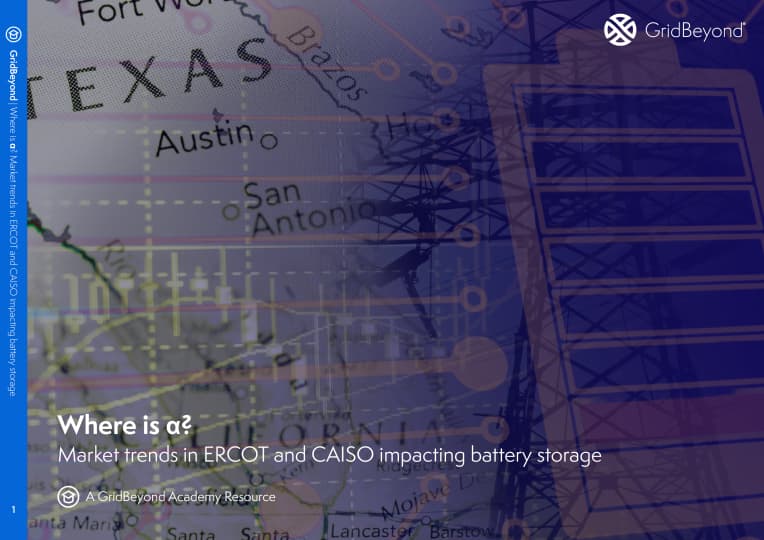
Comments are closed here.